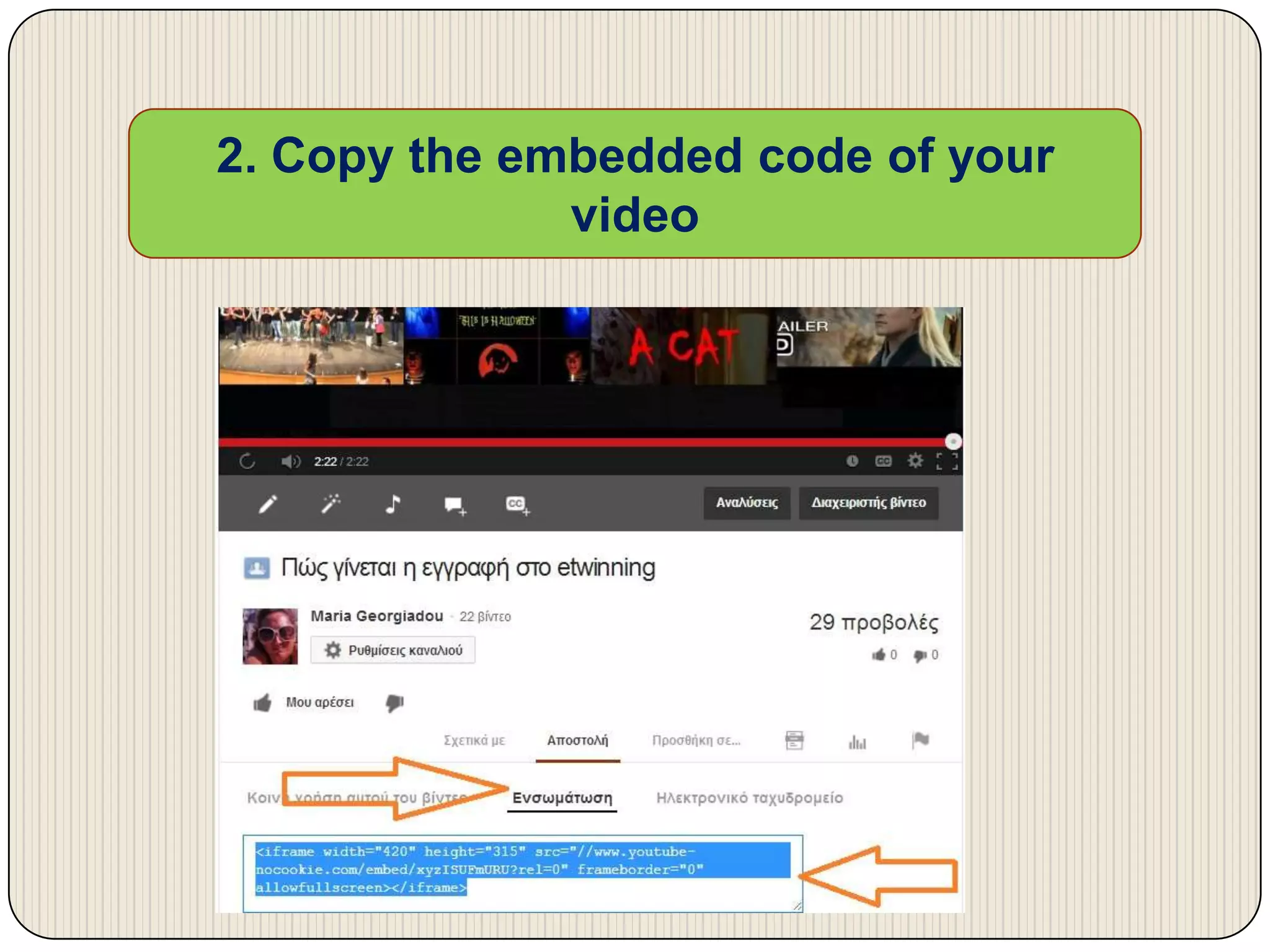This document discusses copyright and Creative Commons licenses. It explains that copyright is a legal concept that gives creators exclusive rights over their work. It then describes the different Creative Commons licenses that allow creators to choose how others can use their work, from fully open to restricted. The most accommodating license is CC Attribution, which allows both commercial and non-commercial use provided the creator is given credit. The document provides guidance on choosing an appropriate license and marking works with license information.














































